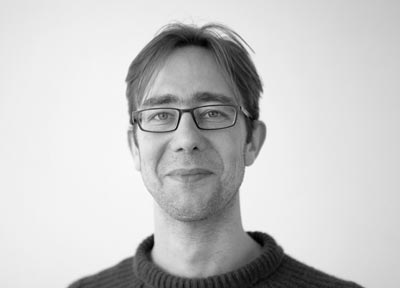Twenty-five years later, a whole generation has grown up without personal memories of the Iron Curtain. The map of the European continent has changed radically, the Trabant became retro-cool, Berlin super trendy and the pieces of the Berlin Wall are being sold to collectors – most of them often fake.
We are the children of the ’90, spoiled children who were told that it would all be fine in our world. Today, in 2016, this remains to be seen. The merits of the European Union are openly questioned; there is Euroscepticism in Western Europe and nostalgia in Eastern Europe. New extremistist parties gain popularity and poverty drives labour migrants away from home and hearth. The war in Ukraine even led to the re-introduction of the term 'Cold War'.
This is the Iron Curtain Project. The coming months and years, we will investigate the impact of the Iron Curtain on the daily life of the contemporary European.
The creators of the Iron Curtain project

Journalist

Ontwerper

Journalist

Journalist

Journalist

Journalist

Projectmanager